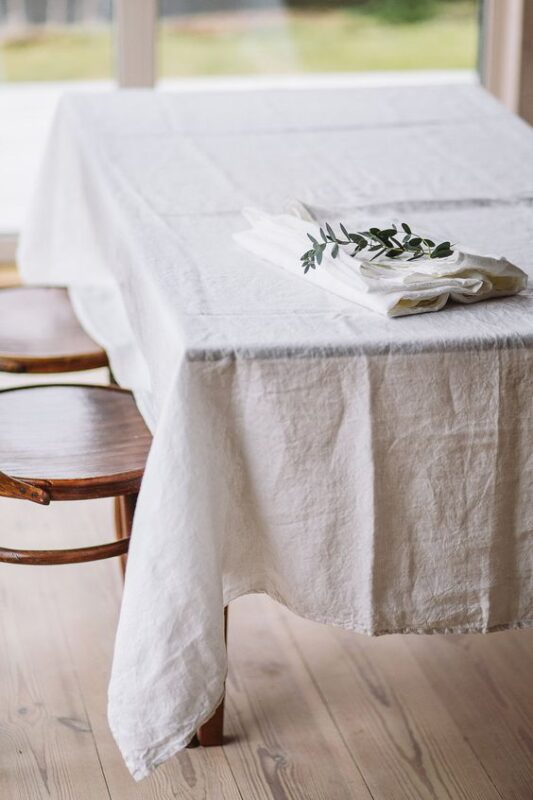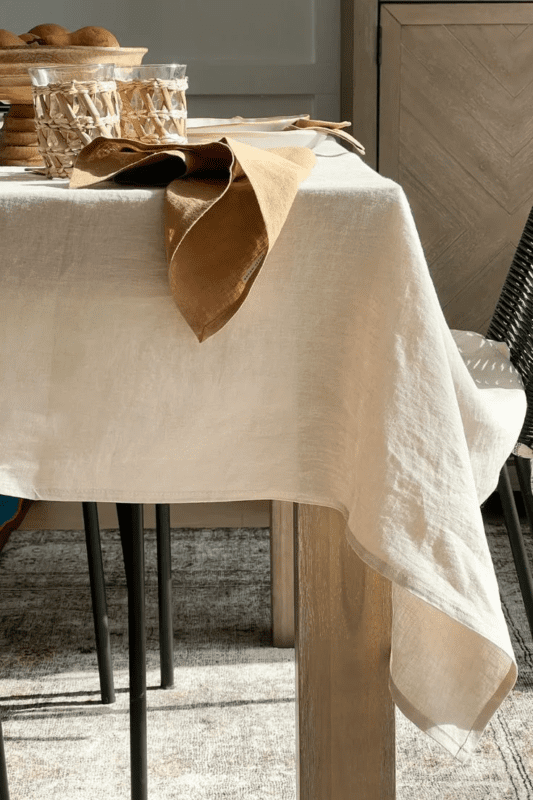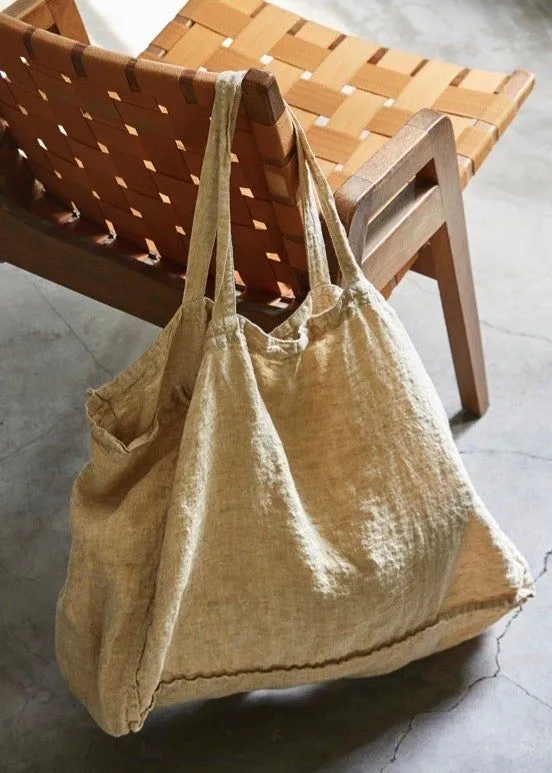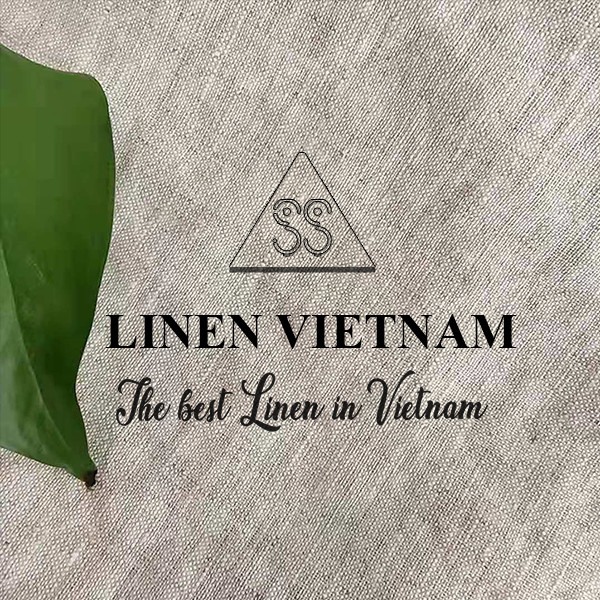Uncategorized
What is linen? Different types of linen & Why French linen is popular?
Linen is one of the most popular natural fabrics worldwide due to its durability, breathability, and excellent moisture-wicking properties. Linen is not only widely used in fashion but also a preferred choice in interior design, home goods, and sustainable products. But do you really understand linen? In this article, we will explore what linen is, differentiate the types of linen, and explain why French linen is considered a premium fabric loved globally?
Table of Contents
What is linen?
Linen is a natural fabric made from the fibers of the flax plant (Linum usitatissimum). Known since Ancient Egypt, linen stands out for its breathability, excellent moisture-wicking, and high durability. Linen products not only provide a comfortable and cool feel but are also very eco-friendly. Linen can be used in many areas, from fashion and interior design to high-end household products. But what exactly is linen, and why is French linen so popular and of superior quality? Let’s dive into the details.

History of linen
Linen has a long and fascinating history. It has been used since Ancient Egypt as a symbol of luxury and power. Pharaohs and aristocrats wore linen in their clothing and religious ceremonies. Linen was also widely used in Greek and Roman civilizations. From the Middle Ages to the Industrial Revolution, linen maintained its status as a premium fabric.
In the 20th century, linen began to face competition from cheaper fabrics like cotton. However, with the increasing awareness of environmental protection and sustainability, linen has made a comeback and become the preferred choice for those who love durability and natural fibers.
Types of linen fabric
Linen comes in various types depending on its origin and manufacturing process. Here are the most common types of linen:
Regular linen
Regular linen is a basic type of linen fabric made from untreated flax fibers. The surface of this fabric tends to be rougher and not as soft as higher-end linen types, but it still offers excellent durability and moisture absorption. Regular linen is commonly used for household products like curtains, tablecloths, and interior decorations.
French linen
French linen is made from flax fibers grown in France, a country renowned for its high-quality linen. French linen has a soft, smooth surface and is very durable. This is why French linen is used in premium products like fashion garments, bed linens, and luxurious home furnishings.
Dyed linen
Dyed linen is fabric that has been dyed for each individual fiber before it is woven into cloth. Dyed linen offers long-lasting colors and is dyed during the weaving process, ensuring beautiful and fade-resistant hues. This type of linen is often used in products like curtains, bedding, tablecloths, and home decor.
Piece-dyed linen
Piece-dyed linen is fabric that is woven into finished pieces before being dyed. Piece-dyed linen features uniform and long-lasting colors. This type of linen is ideal for household items like bath towels, bathrobes, and other home products. Piece-dyed linen is highly absorbent and easy to care for, making it perfect for wet environments.
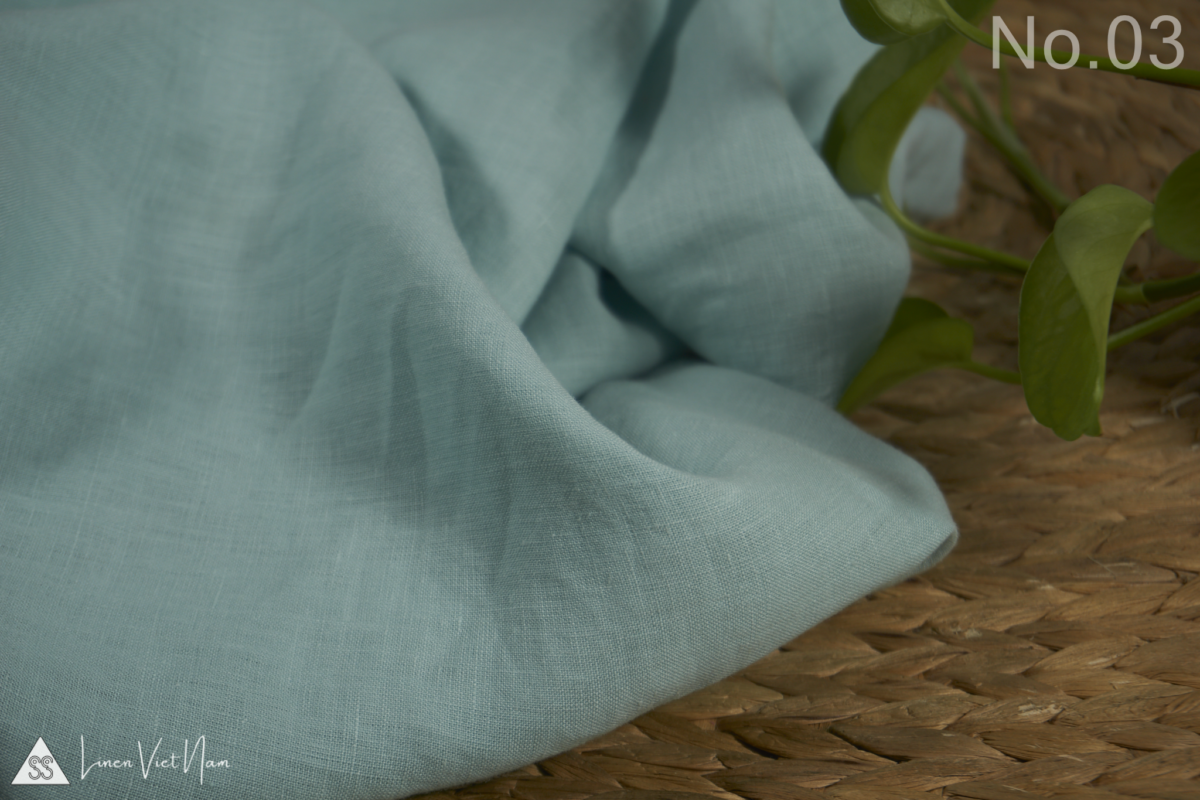
Uses oflinen fabric
Linen is used not only in fashion but also in interiors and home goods thanks to its excellent properties like moisture-wicking and durability. Here are some common applications of linen:
Fashion
Linen is an ideal choice for summer fashion products, from shirts and dresses to pants. With its excellent moisture absorption and breathability, linen provides comfort in hot weather. Additionally, linen is highly favored for products like scarves, underwear, and accessories.
Interior design
Linen is widely used in interior design, especially in items like curtains, bed linens, tablecloths, and rugs. Linen brings a natural, elegant beauty that complements various interior styles. Its durability and breathability help make living spaces more comfortable.
Home goods
Linen home goods such as bath towels, bathrobes, and other items are known for their antibacterial properties and excellent moisture absorption. These features make linen an ideal choice for products used in wet environments like bathrooms.
Advantages and Disadvantages of linen fabric
Advantages of Linen
- Breathable and Moisture-Wicking: Linen absorbs moisture quickly, keeping your body dry, especially in the summer.
- High Durability: Linen is much more durable than cotton and other fabrics. It retains its quality even after many washes without fraying or losing its shape.
- Eco-Friendly: Linen is produced from the flax plant, a crop that requires fewer pesticides and is easily recyclable.
- Antibacterial and Odor-Resistant: Linen naturally resists bacteria and doesn’t retain odors, helping products stay fresh for longer.
Disadvantages of Linen
- Wrinkles Easily: One of linen’s main drawbacks is that it wrinkles easily, which can detract from the appearance of products. However, many people appreciate the natural, relaxed look of wrinkled linen, as it offers comfort and freedom.
- Higher Price: Linen, especially high-end varieties like French linen, tends to be more expensive than fabrics like cotton.
How to choose high-quality linen fabric
When purchasing linen, there are several important factors to consider:
- Material and softness: High-quality linen should be soft, smooth, and durable.
- Origin: Choose linen from reputable brands, especially French linen, known for its superior quality.
- Color and color retention: Premium linen usually has natural colors that last over time.
- Quality certifications: High-end linen products often have certifications such as OEKO-TEX and EUROPEAN FLAX, ensuring the product meets high standards.
Linen is an exceptional natural fabric, with high durability, breathability, and excellent moisture-wicking. Although it is more expensive than some other fabrics, linen, particularly French linen, is a worthwhile investment due to its durability and luxury. With its superior qualities and sustainability, linen is the perfect choice for premium fashion and interior products.
Why choose French linen?
French linen is known as one of the highest quality linens, thanks to its meticulous manufacturing process and top-grade raw materials. Flax fibers are grown and processed in France, a country with ideal natural conditions and modern production technology, ensuring exceptional durability and beauty. French linen has a soft, smooth surface that provides comfort when worn or used in living spaces.
One of the main reasons French linen is so popular is its durability and ability to maintain quality over time. Even after many washes, French linen remains strong, colorfast, and retains its shape. Moreover, French linen has excellent moisture-wicking and breathability, keeping the body cool in hot summer days, providing comfort for its users.
French linen is also loved for being eco-friendly. This fabric is made from natural materials and is recyclable, reducing its environmental impact. Choosing French linen is not only a quality choice but also an environmentally conscious decision.
If you are looking for a supplier of French linen, high-quality European linen, or linen manufacturing services, choose Linen Vietnam. We are committed to providing premium linen products with exceptional durability, beautiful colors, and superb softness, helping you elevate your fashion and interior products. Contact us today for advice and detailed pricing!


